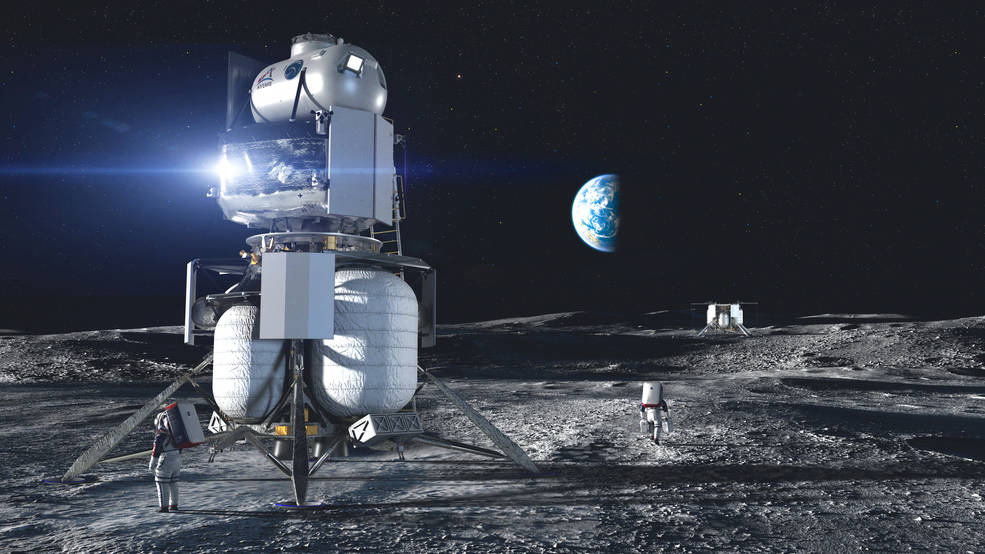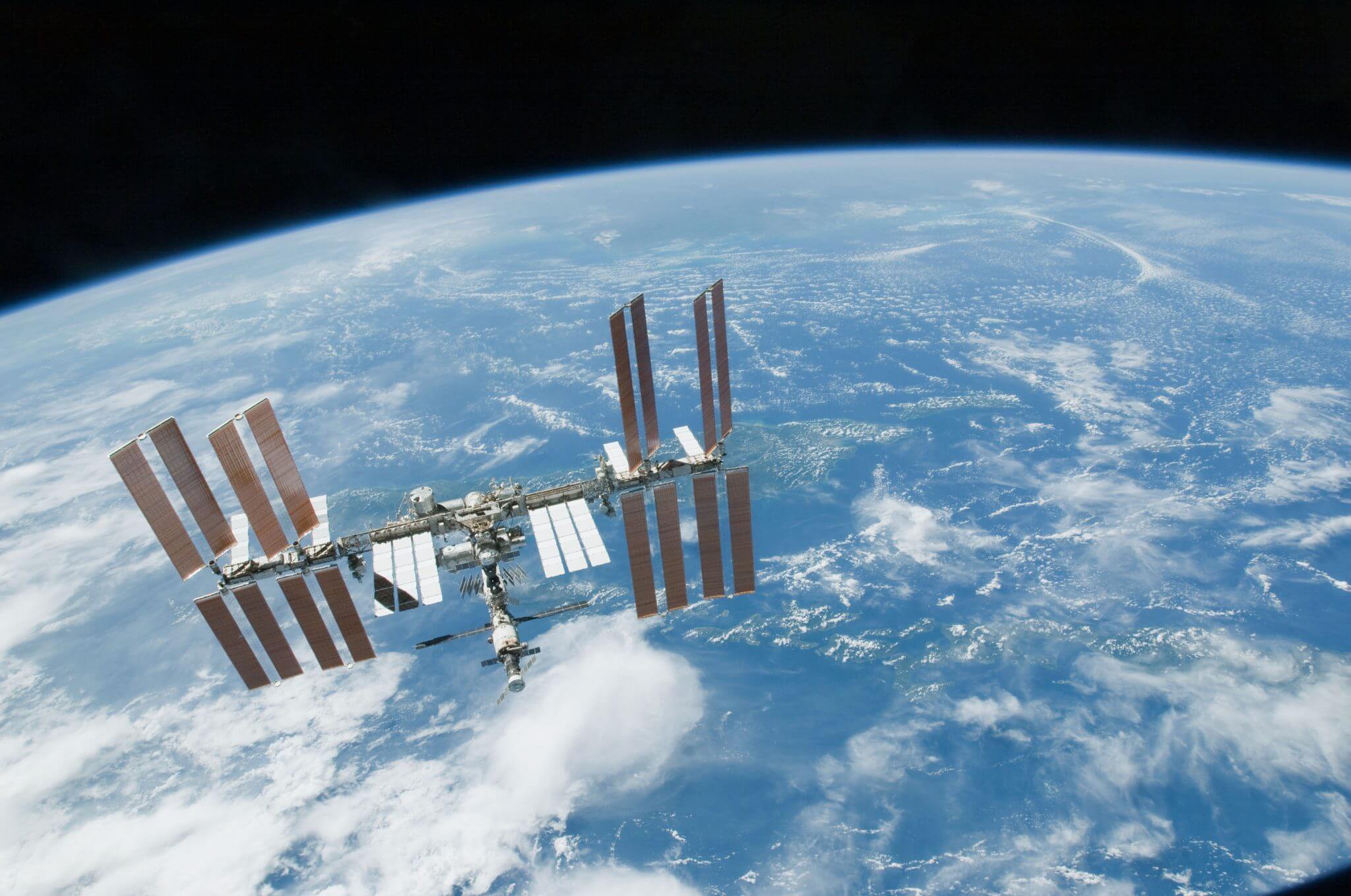NASA has published its Project Artemis plan to return crew, including female astronauts, to the Moon’s surface by the Trump Administration’s target date of 2024. Under the plan, Artemis I will be a one-month unmanned mission in 2021 and Artemis II will be a crewed 10-day non-landing lunar mission in 2023. Artemis III is set to carry the first woman astronaut along with at least one male astronaut to the Moon’s surface in 2024.
To make this achievable, a lunar lander – formally known as the Human Landing System (HLS) – is required. NASA has selected three commercial firms, Blue Origin, Dynetics and SpaceX, to come up with potential designs. However, to make development and construction possible, the programme requires US$3.2 billion of funding. To date, only US$600 million of this has been awarded by the US Congress. Nevertheless, NASA Administrator Jim Bridenstine says he is confident that cross-party support for the effort will release the remainder of the required funding – probably in December – after the US Presidential Election.
Either way, Bridenstine has warned that March next year is the deadline if a 2024 landing is to be achieved. He noted the political risk of delaying spending: “The history of NASA is spending billions of dollars (on projects) that get cancelled.”

The Blue Origin-led National Team’s concept for a three-stage lunar lander/ascent/transfer craft. Courtesy: Blue Origin
However, funding is not the only problem. Serious doubts remain about whether the cryogenic storage and refueling technologies needed for the various HLS designs will be perfected in time. For example, Dynetics has confirmed that its design will use cryogenic propellant refueling. The lander will be launched by a ULA Vulcan rocket followed quickly by a further two Vulcan launches which will deliver cryogenic propellants from their Centaur upper stages.
Seradata’s David Todd put the following questions about HLS to Dr Lisa Watson-Morgan, manager of NASA’s HLS effort at its Marshall Space Centre in Huntsville, Alabama:
Originally when Project Artemis was announced, it was suggested that there might be two human lunar landers – a simple expendable one for a quick lunar return and a more advanced reusable one for more sustainable exploration. NASA has since decided to go just for a commercially supplied more advanced reusable type. Can you explain why?
“In keeping with the original Broad Agency Announcement (BAA), NASA has a set of requirements that encompass both the initial surface mission and the sustaining missions. NASA’s Human Landing System Program at the agency’s Marshall Space Flight Center aims to work with two providers, in competition, to accomplish the initial surface mission of taking American astronauts to the lunar South Pole in 2024. Ideally, the provider with a landing system ready for a lunar mission first will launch first and the next provider will launch later. Ultimately, it has and continues to be NASA’s goal to have a sustainable lunar program and presence which is why the sustainability requirements were defined in the original BAA.”
Is NASA sure that the technology readiness level of cryogenic propellant storage and refueling systems of this reusable type will allow a landing by 2024?
“NASA and the three providers continue to monitor and manage risks associated with a lunar mission on an expedited schedule. As such, the Human Landing System Program has approved risk reduction funding around cryogenic fluid management to mitigate risks. The Human Landing System program is also working with teams in NASA’s Technology Mission Directorate on cryogenic fluid management technologies to accelerate and include those technologies for use on the initial Artemis mission. The performance of cryogenic propellants is required for taking humans to lunar poles, a more challenging mission than taking humans to equatorial regions as Apollo did.”
Given these concerns, and concerns over possible Congressional funding limitations, has NASA considered going back to a simpler lunar lander using storable propellants as a kind of quick return back-up “plan B”?
“Under the current Broad Agency Announcement, NASA’s Human Landing System program continues to strategically plan for options moving forward with respect to potential Congressional funding limitations. NASA and the HLS providers are working toward both storable propellants for various mission phases and cryogenic propellants for other phases of the mission. Each provider has a unique architecture and will provide NASA the dissimilar redundancy needed to achieve the lunar missions.”
Comment by David Todd: We still have our doubts about whether the cryogenic technology to be used by the competing lunar lander concepts will be ready in time for a 2024 landing attempt. While cryogenic (LOx/Methane) propellants are probably needed for performance reasons to reach high and low latitudes on the Moon, e.g. the South Pole, we openly wondered whether storable propellants would not be a better bet for a simpler and faster return-to-Moon mission, say to more equatorial regions on the Moon. However, the suggestion that NASA should go for a cut-down expendable Apollo style lander is not considered a runner for cost and lack of sustainability reasons. Interestingly, Dr Lisa Watson-Morgan has noted that storable (hypergolic) propellants could still have a role in these lander designs. Apollo’s lunar lander used hypergolic storable propellants partly for their ignition-on-contact “get you home” capabilities.






